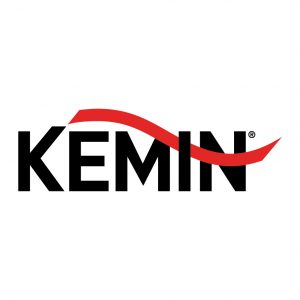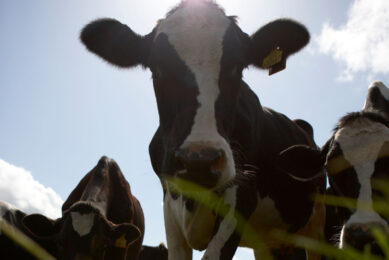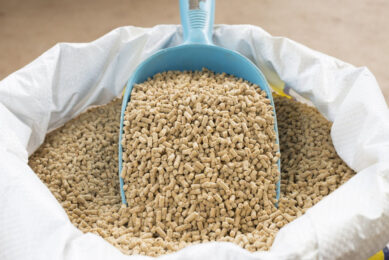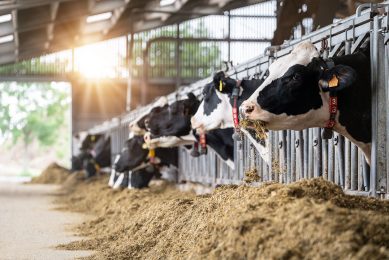What to consider in feed processing
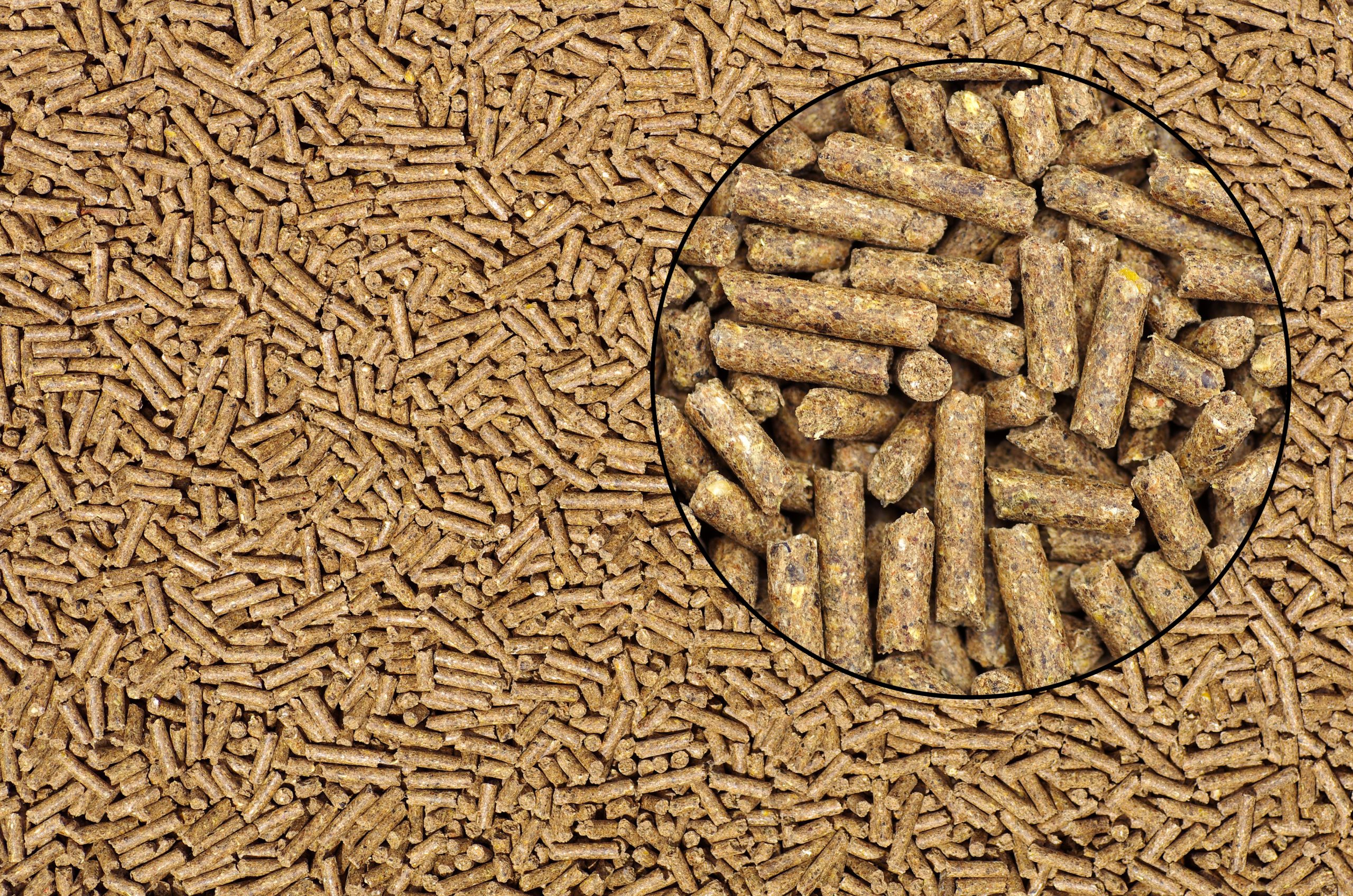
Feed processing is a complex operation, and feed manufacturers are continuously seeking ways to improve its efficacy and profitability. A key step in this process, is the conditioning step, where mash compound feedstuff leaving the mixer, enters.
In general, the advantages of steam conditioning, is not only preparing feed for compaction, but ensuring pathogen kill-off with other effects seen on nutrient digestibility improved due to starch gelatinisation and overall feed processing performance.
The objective is to produce safe and profitably feed while ensuring product quality. The gross saving of approximately € 12 per tonne of feed was reported from data recorded and averaged from 23 MillSmart trials conducted over the period of 2016 and 2017.
Improvements following technological advancements
The options to improve feed manufacturing are countless, and it’s noted that advancements made in conditioning techniques and technology significantly impact profitability and pellet quality.
Moisture optimisation practices such as feed pre-conditioning programmes like the MillSmart adopted in the feed industry has gained attention due to its beneficial effects seen in process improvement and pellet quality. Pre-conditioning of the mash feed in the mixer followed by steam conditioning, has therefore formed a synergy, which ensures the current objectives and benefits for conditioning are further maximised. Saturated steam is applied to the feed matrix, with the assumption that the steam is absorbed fully and uniformly. Technically this is seen in both moisture and heat transfer of the feed particles in the conditioner.
Pre-conditioning solution
This however is a result of, not only the presence of the pre-conditioning solution, but as well as the application engineering nozzle technology assigned to its application point in the mixer. The pre-conditioning solution, is a solution with a reduced surface tension, known as Opti Curb.
The science behind the surfactants responsible for improving the pre-conditioning solutions capillarity and therefore its movability within the feed matrix, ensures, that, uniform, penetration and dispersion of the solution is achieved throughout the batch of feed treated. Moreover, feed safety is ensured, as the surface-active solution contains either anti-microbial and mould inhibitor compounds and controlling moulds and pathogens is achieved covering the full surface area of the feed.
Ensuring feed quality
Process targets and key performance indicators are set to ensure feed quality is reached during processing. The quality is essentially how much you vary around that target or specification. In other words, reducing the process variation, is a measure of quality in your operation. This can be evaluated starting at the reception of raw materials, however interventions applied at other steps such as in the mixer, is more commonly seen.
In principle, the sooner efforts are made to reduce variation in the process, the optimised effect will be carried through during subsequent steps in feed processing.
Improving pellet quality
The process variation is minimised within a batch of feed. The variation between subsequent batches of feed produced, is managed with process automation technologies such as seen in the MillSmart online programme with Opti Curb, equipped with a sensor, to ensure process targets are achieved consistently both within and between batches produced. The process fluctuations are eliminated, reducing variability and improving quality of process operations and pellets.
Help your plant grow with MillSmart ensuring feed safety and profitability of feed processing.


